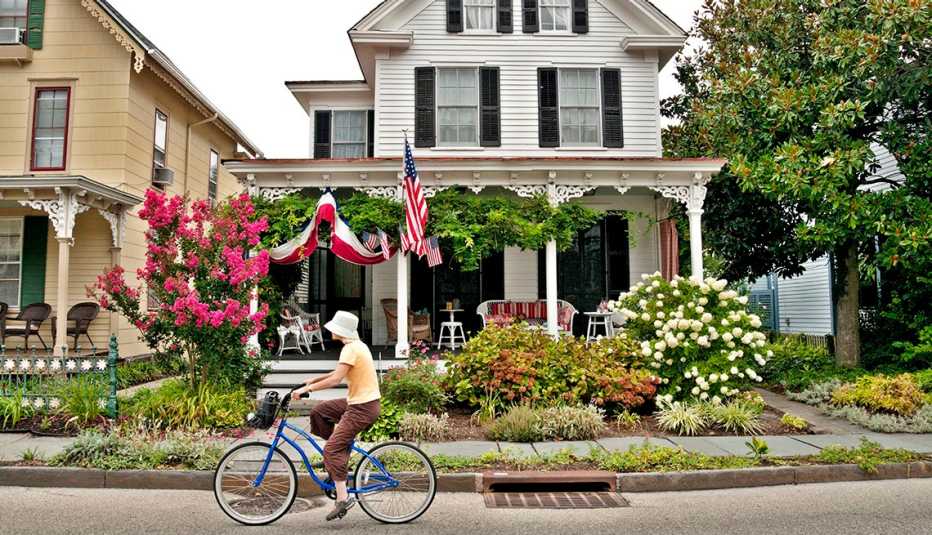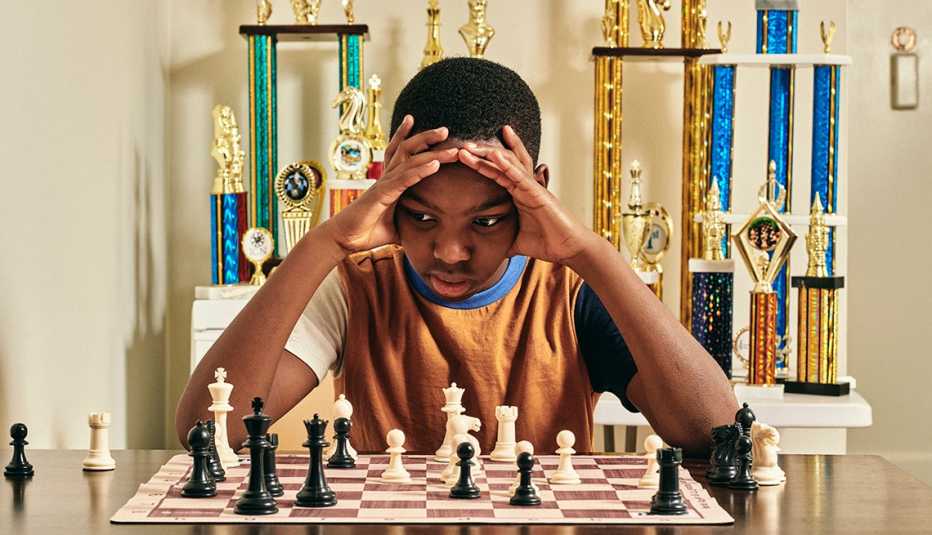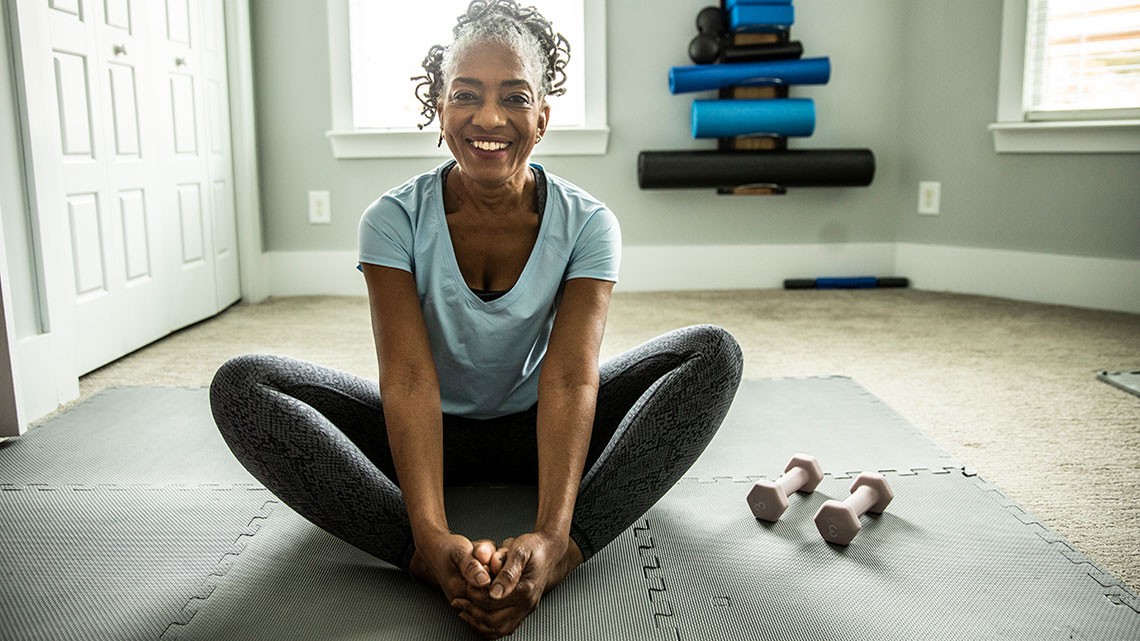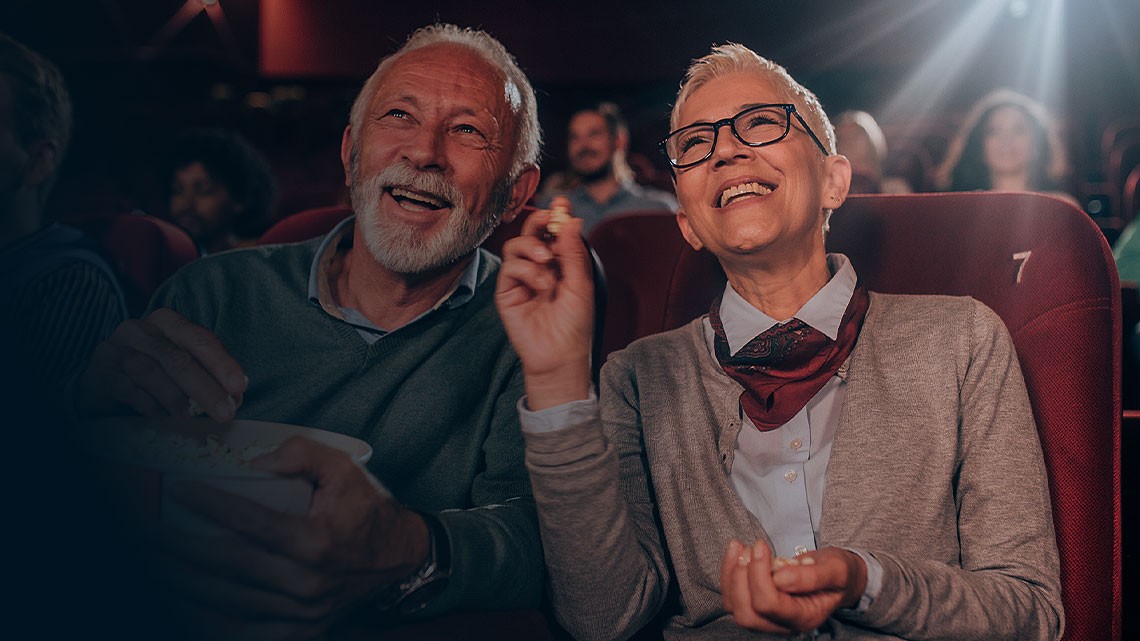Staying Fit
The sound was like thunder! Hundreds of horses, a dozen wagons, rifle and pistol fire. The air was thick with the dust and gun smoke from the running battle. Soldiers trying to save settlers, being pursued by 12 united tribes of enraged Apache warriors. The settlers are finally saved when the hero of our story defeats the Apache chief in a gripping final fight.
John Wayne was our hero in 1953’s Hondo. A handsome leading man, a damsel in distress, incredible scenery (even in black and white), edge-of-your-seat action and high drama were some of the hallmarks of traditional Westerns.


AARP Membership— $12 for your first year when you sign up for Automatic Renewal
Get instant access to members-only products and hundreds of discounts, a free second membership, and a subscription to AARP the Magazine.
With shows like Yellowstone and Longmire and movies like The Harder They Fall, and with nearly 80 other Western movies released in 2022, the genre is back. But how do these modern versions stack up against those of the Western’s Golden Age? Are those gems from our childhoods as good as we remember them? What made them seem so great?
“Courage is being scared to death but saddling up anyway,” said John Wayne’s character in True Grit (1969).
No matter who the star was back in those golden days, older Westerns portrayed a standard set of values. The heroes were known for their independence, self-determination, hard work, perseverance, strong sense of right versus wrong, and refusal to cut and run when the going got tough.
In the 1940s and 1950s, Randolph Scott and Gary Cooper embodied those heroes. As the ’60s and ’70s came along, new actors, including James Garner and Clint Eastwood, took their place.
If the United States’ founding principles were equality, rights, justice, liberty, opportunity and democracy, then Western movies were as “American” as you could get.
“If you consider film an art form, as some people do, then the Western would be a truly American art form, much as jazz is,” Clint Eastwood once said.







































































